Words Of Power
While the first Alan Wake game was more of an action-adventure experience, this sequel takes more inspiration from within the survival horror genre. Although it may not be as scary or gory as you may expect from a survival horror title, your mileage may vary. Regardless, the game pushes the medium forward in ways I wasn’t expecting, resulting in an experience that absolutely impressed me to no end.
When you start, you’ll take on the role of FBI agent Saga Anderson who is fantastically portrayed by Melanie Liburd. Throughout your time with her, she shows a great range of emotions in her performance, both in-game as well as through a few of the game’s live-action moments. Saga is sent to the town of Bright Falls to investigate a string of murders, and before long, it becomes clear that things aren’t as simple as they seem.
The bulk of Saga’s gameplay leans on her FBI skills of analyzing the scene, taking scope of what is around her and this is all sorted to the player within her Mind Place, a familiar take on the idea many may recall from the BBC’s Sherlock, albeit in a room you’ll explore as you sort through your clues, pinning them on her case board as you attempt to piece the story together or even through the profiling of her suspects, which becomes a major pillar of what Saga is capable of. Perhaps one of the more important aspects of the case board is that not only does it allow you to progress the narrative in some ways, but it also allows you to keep track of collectibles and more, all stored in a filing cabinet that then resets the wall to the case you are currently investigating.
As you find evidence and other items for the case board, you must move and place them in the correct area using the left stick. It’s a welcome mechanic that helped me keep up with the complex and multi-layered story, especially given the vast amount of characters and the fact that the game has you playing not only as Saga but as Alan Wake himself. That being said, it doesn’t have as much of a gameplay impact as I hoped for. Mainly because you can’t ever place something in the wrong position meaning you can never be led down the wrong path.
The opening moments of the case have you and your partner, Agent Casey, arriving at the woodlands around Cauldron Lake, which is a visually striking environment that helps Saga’s campaign feel naturally distinct from Alan’s. It is here where you’ll encounter the Taken, possessed humans controlled by The Dark Presence and shielded by darkness. Luckily, you can shine light to break through their shields with your torch, or flashlight if that is your term for it. You’ll do this with a blast of light by pressing RB on Xbox, aiming down sight using the left trigger. You’ll have batteries that you’ll need to keep an eye out for to ensure you have the power for these charges.
Once you’ve broken a darkness shield, you can shoot your foes using Saga’s handgun or any other of the several guns you can find throughout the game. Just like any good survival horror game just be aware of your resources such as ammo and torch batteries, as mentioned. Depending on which of the three difficulties you choose to play on, these supplies can be somewhat limited, although things generally seem more abundant than say Resident Evil 4.
Combat, in my experience, was decent, with shots feeling and sounding impactful but two things held it back from being truly great. Firstly, it somewhat lacks enemy variety with more than half the enemies being one of three types; basic grunts, taken wolves, and axe-throwing weirdos. There are a few more enemies and some interesting boss fights to break up the combat experience, but you encounter them much more rarely, making encounters somewhat predictable. I always enjoyed the combat, but it often felt like an “only good” part of an otherwise stellar game because of its limited variety.
After a few hours as Saga, you’ll be introduced to Alan’s story. While you can continue Saga’s campaign, you will eventually be forced back to take on Alan’s side of the story, allowing each narrative to eventually catch up to one another. That said, you do have the option to swap at almost any point, giving you the freedom to take on whichever character’s journey you want first, or swapping back and forth after each chapter.
As Alan, you’ll explore the Dark Place, which is essentially this game’s nightmare realm. As Alan is a writer, he will have an interesting power to change certain landscapes within the Dark Place. This is by grounding the current narrative in a scenario, of which you’ll discover more as you explore. As Alan is a resident of New York, the Dark Place converts to a dark and twisted version of the Big Apple. This take on the city is beautifully terrifying as I’ve never felt a greater sense of atmosphere in a game before than right here. The stunning visuals combined with some of the best audio design I’ve ever heard creates constant tension.
In this weird world, Alan’s enemies are these shadow figures which share in some similarities to the Taken that Saga will have to gun down. However, where they differ is that not all of these shadows are out to get you. Some will fade from view by simply walking into them, dissipate when a light is shone upon them, to several that will taunt you, spouting an untold amount of bizarre dialogue, often in terrifying whispers that when wearing a headset can result in some great tension, even when you cannot see them.
While Alan’s gameplay is broadly similar to Saga’s, combat is more or less identical, apart from some slight variations in their arsenal. While your kit is not as expansive as something akin to Resident Evil, you do begin to find a decent variety of weapons, largely by solving brief puzzles to unlock gun cabinets or the like. Gunplay is your standard over-the-shoulder variety, making it familiar but also giving it its own feel. While there is a dodge, it can feel largely broken due to the camera being a tad too close in certain encounters.
Exploration with Alan is a little more interesting, given his Lamp, which can be used to capture light sources and move them around, opening different pathways when necessary, such as removing a wall from view and suddenly finding yourself in front of a door. I found this more engaging because it made Alan’s exploration have more of a puzzle element to it. Whereas Saga’s exploring is more akin to Resident Evil with you being able to access areas you previously couldn’t at certain times as you find the items or narrative points that unlock them.
Another key difference is Alan’s Writers Room. Firstly, he doesn’t have a case board like Saga. He instead has a plot board allowing him to change certain scenes in the world around him using different plot points, as I briefly talked about earlier. This has a more noticeable and obvious effect than Saga’s case board as it directly impacts gameplay, but it still ultimately only has one solution for each scene. Secondly, the way Alan’s upgrades work also has more impact on gameplay. Saga can only upgrade weapons which although helpful is limited to only a few upgrades per each weapon. Alan, on the other hand, has Words of Power, which you can find throughout the world; they appear as spirals of yellow words. You’ll unlock these by shining a light at them, even if targeting them can be a tad tricky or even one that is behind a board, yet you are not made aware beforehand that you can shoot objects in the environment.
These upgrades offer a variety of enhancements for Alan. From health upgrades to more damage on specific weapons, to the chance on saving ammo, and several more options. What is useful here is that the Words of Power will appear on your map, should you track down the map to do so. In fact, in order to really navigate around every area in the game, finding a map is essential to exploring each location.
Alan’s upgrades are both more powerful and more meaningful than Saga’s. To try and balance this out, Saga does have access to charms that she can find in the world, adding them to her bracelet, with a maximum of three equipped at any one time. The problem with these charms is that they are reasonably limited, such as saving you from death once or allowing you to stagger enemies more quickly and adding a charge to your light. You can also only carry so much, therefore you can’t fill your bag with different charms to change on the fly. If you find an inventory upgrade or two in cult stashes or just out in the world, then you may be able to fit an extra charm in your bag, but you can still only have three in use at any given time.
With both Alan and Saga, you can place excess items in the shoebox located at any safe room where you can also save the game; you can then access this shoebox at any safe room. You don’t need to return to the exact location to collect your items. These locations can also be a retreat given they are bathed in light, preventing dark supernatural forces from entering.
Throughout this review, I haven’t yet touched upon what I feel is the best part of what Alan Wake II offers, and that is how the game handles its narrative. The story is full of plenty twists and turns, as while you’ll certainly see a few moments coming, others caught me completely off guard and were truly incredible, making several moments of the game truly stand out from others in the genre as Remedy leans more into its narrative as its main focus than its action elements. Every time I thought I had a handle on what was happening, the game threw two new questions my way, and this continued right to the end. For a deeper discussion surrounding its narrative, do check out our Alan Wake II Spoilercast here.
What I will say, the story here is made extra special by the way it is provided to the player. The narrative delivery of Alan Wake 2 is unlike anything I’ve ever seen in entertainment, let alone a video game. Everything in this world feels like it feeds into the story in some way, from graffiti on the walls in the Dark Place, to the chapter-ending songs, to the messages left in Saga’s lunch box collectibles and cult stashes. I haven’t even touched upon the manuscript pages and how interesting they can be, even building the story of characters you only see once or twice in the game. Then there are the live-action sequences, which we have, of course, seen Remedy do before in both Quantum Break and Control, but the implementation here is perfectly balanced and like nothing I’ve ever seen before. It honestly felt like Remedy was testing the waters with how it introduced those elements before whereas here they have figured it out without each element feeling isolated from one another.
This brings me back to the performances. I already mentioned Melanie Liburd, who is fantastic as Saga, providing her voice and likeness alongside the physical performance of the character. You can see the emotion on display in her performance, and it can be genuinely felt. Alan is slightly different as he is created through the combination of Ilkka Villi as the physical actor and appearance of the character with Matthew Porretta providing the voice. The two combine to deliver my favourite performance of the game. However, Alan Wake is not the only character to be portrayed by two separate actors as Sam Lake is the likeness of Agent Casey whereas James McCaffrey provides his voice in all its Max Payne charm.
Another standout was Supergirl’s David Harewood as the enigmatic and mysterious Mr Door. You are never sure of Door’s intentions, but I was hanging on every word of Harewood’s fabulous performance, just as I was with all of the cast during my playthrough. While many may see certain connections with his character and Lance Reddick’s Hatch from Quantum Break, Remedy has made it clear that Quantum Break sadly doesn’t tie into the events here, making their Remedy Connected Universe comprised of just Control and Alan Wake.
Ultimately, Alan Wake 2 isn't merely a sequel; it's a multifaceted masterpiece that pushes the boundaries of gaming. The stunning visuals, impeccable audio design, innovative narrative delivery, exceptional performances, and clever use of live-action converge to create an unparalleled gaming experience. It stands as a testament to the limitless potential of video games as an art form. It's not just a game; it's an immersive masterpiece that will be remembered as a milestone in the evolution of interactive storytelling, showing the power of words by using them in many different ways.
Developer - Remedy. Publisher - Epic Games Publishing. Released - October 27th, 2023. Available On - Xbox Series X/S, PS5, Windows. Rated - (M) Blood and Gore, Intense Violence, Nudity, Strong Language. Platform Reviewed - Xbox Series X. Review Access - Alan Wake II was purchased for review.


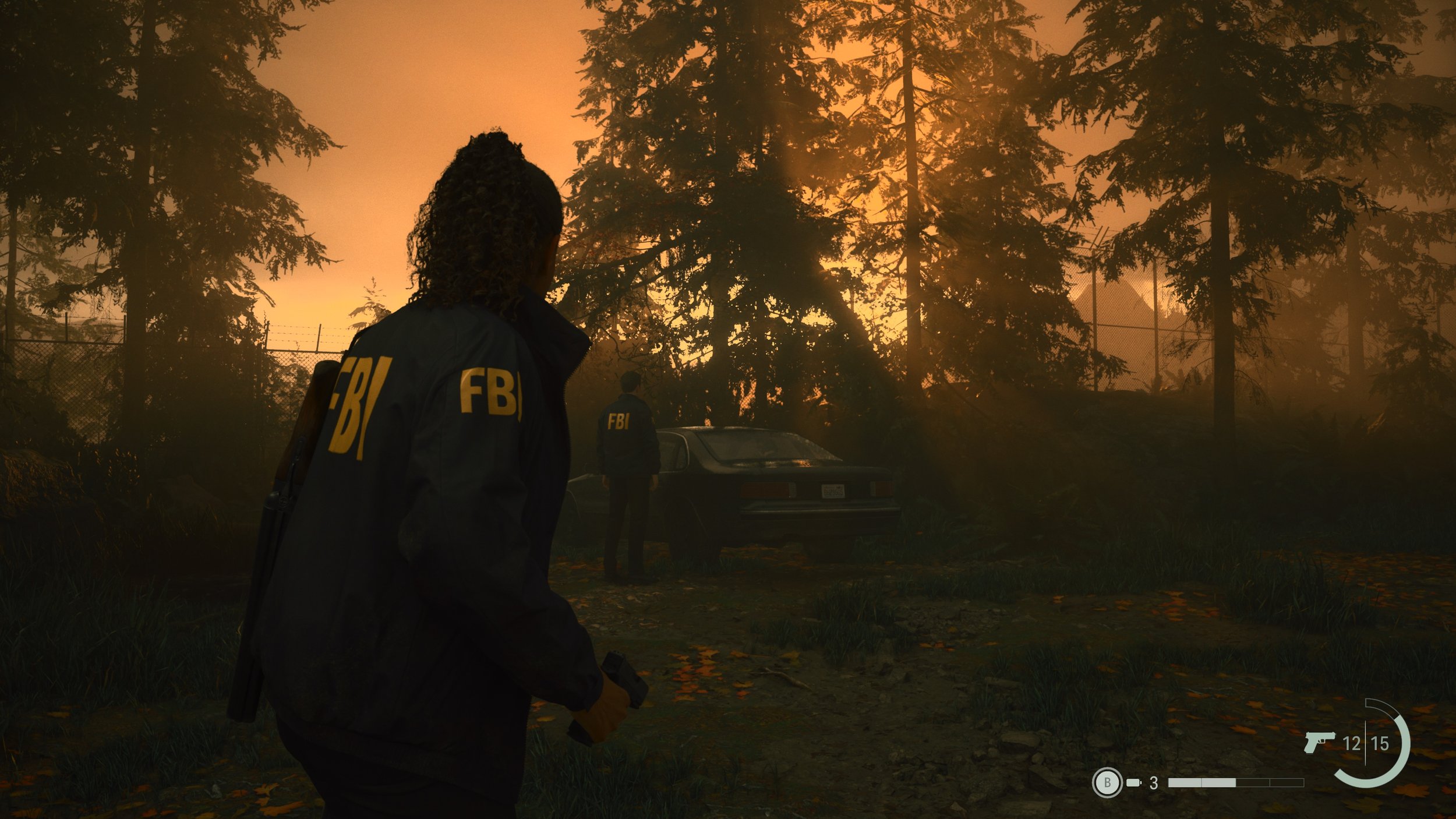
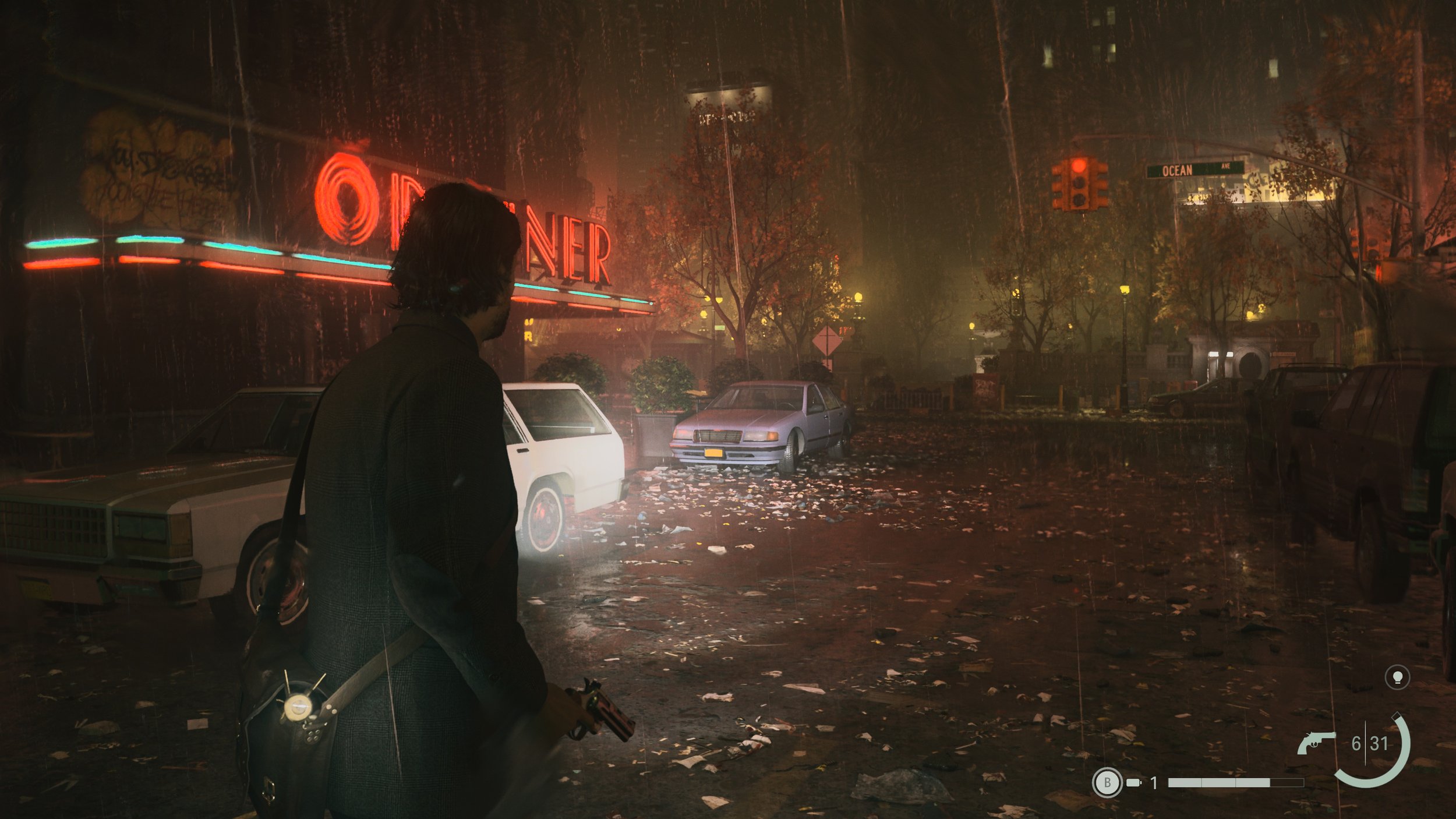

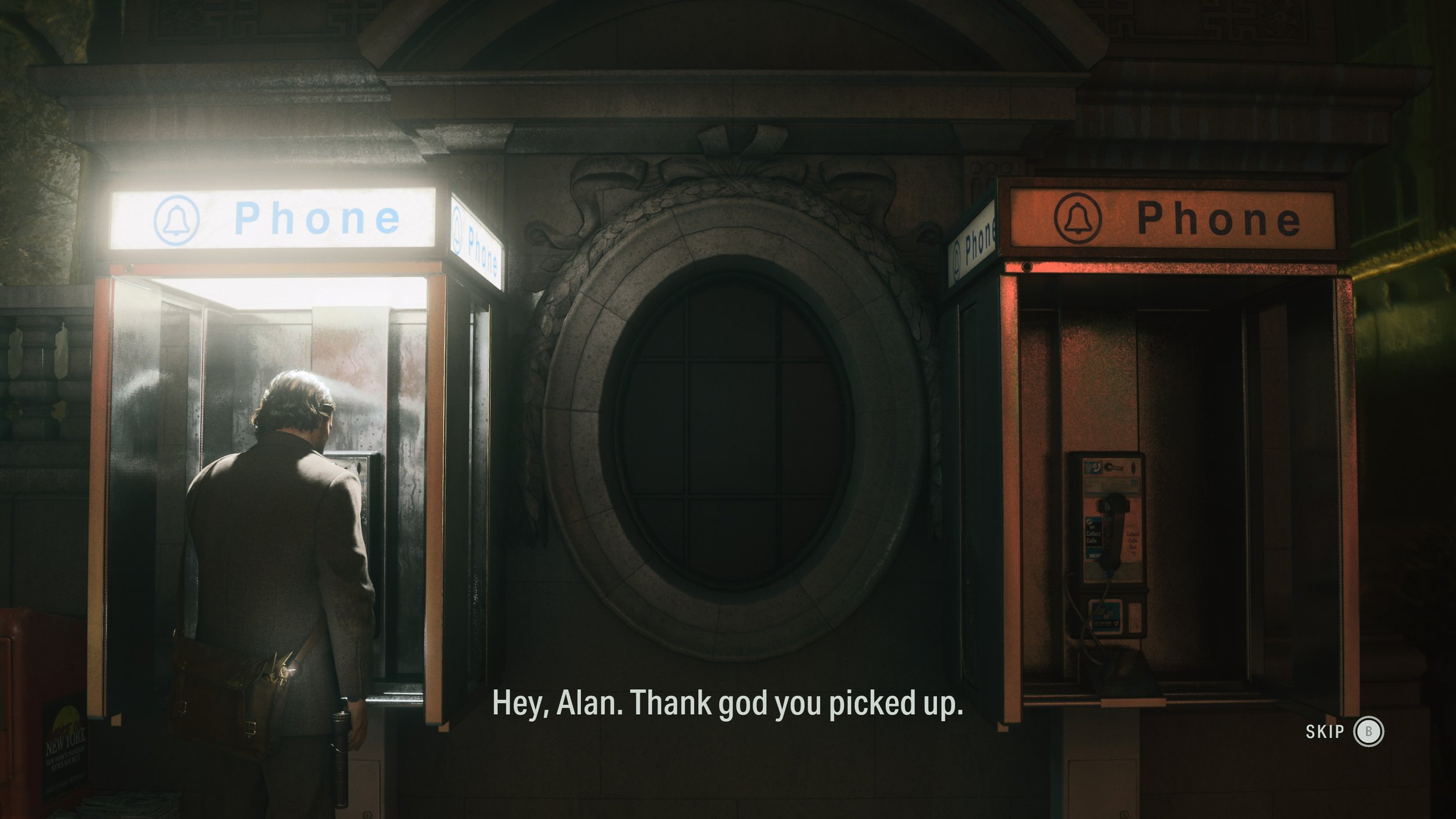
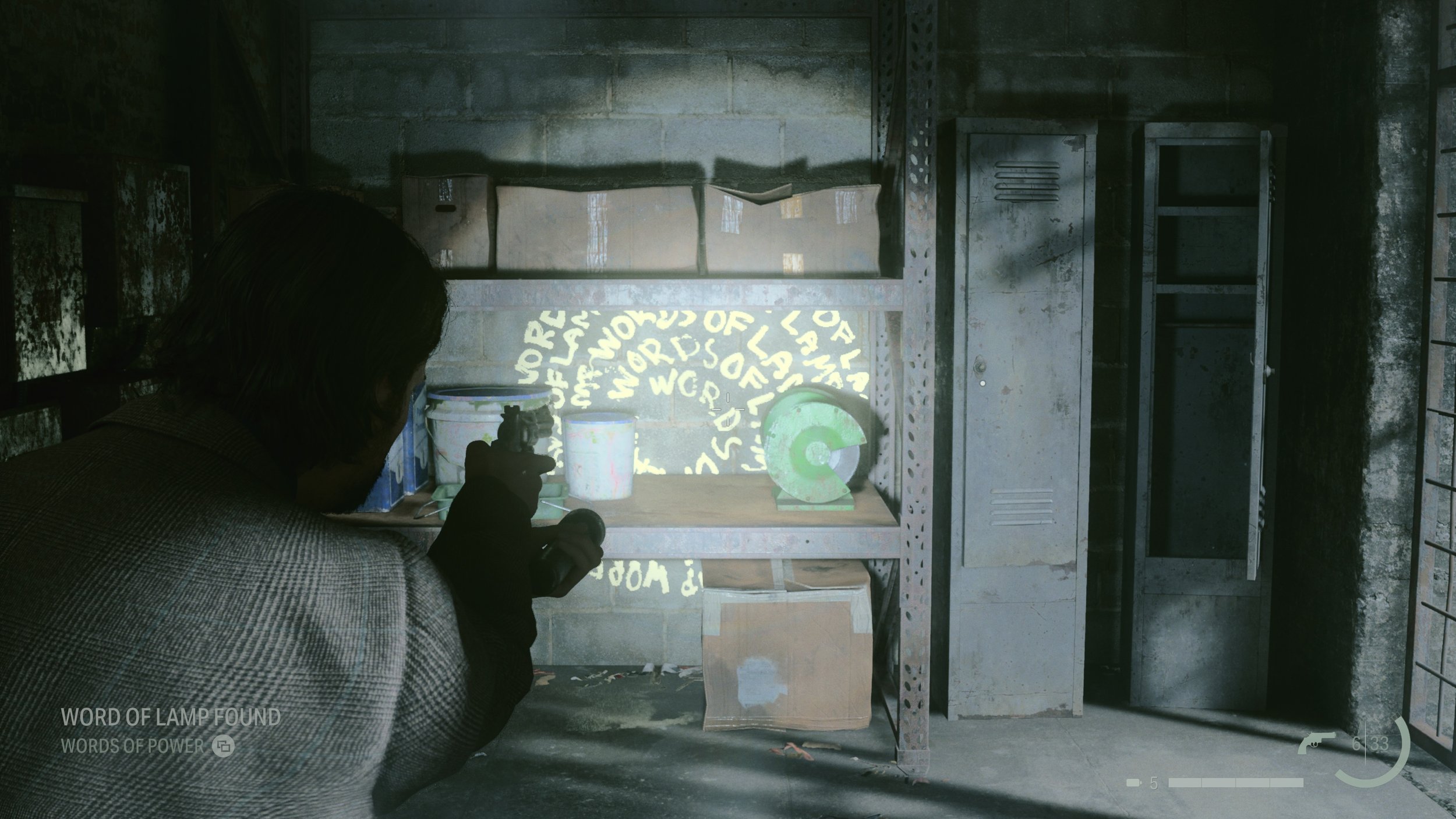
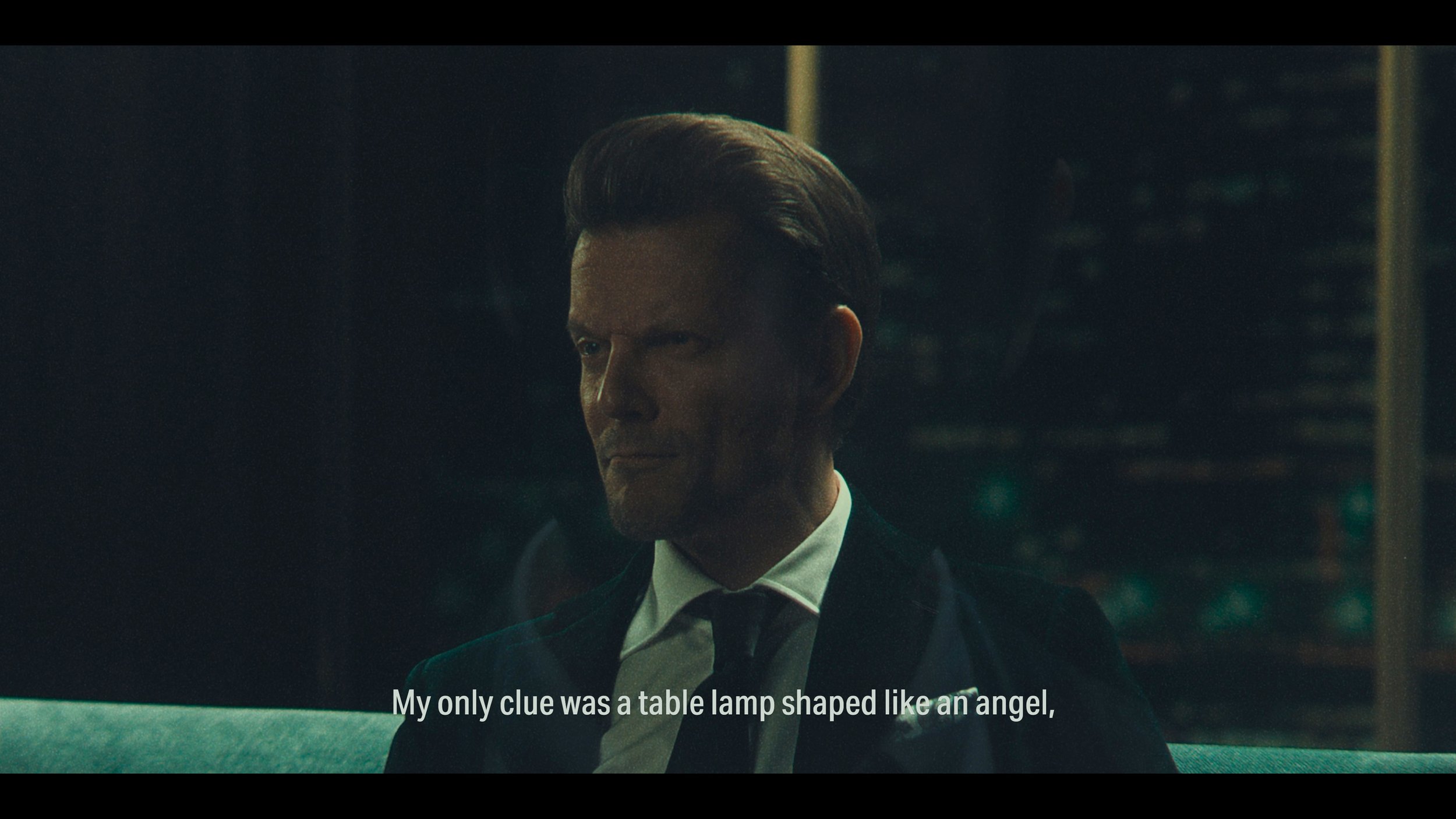
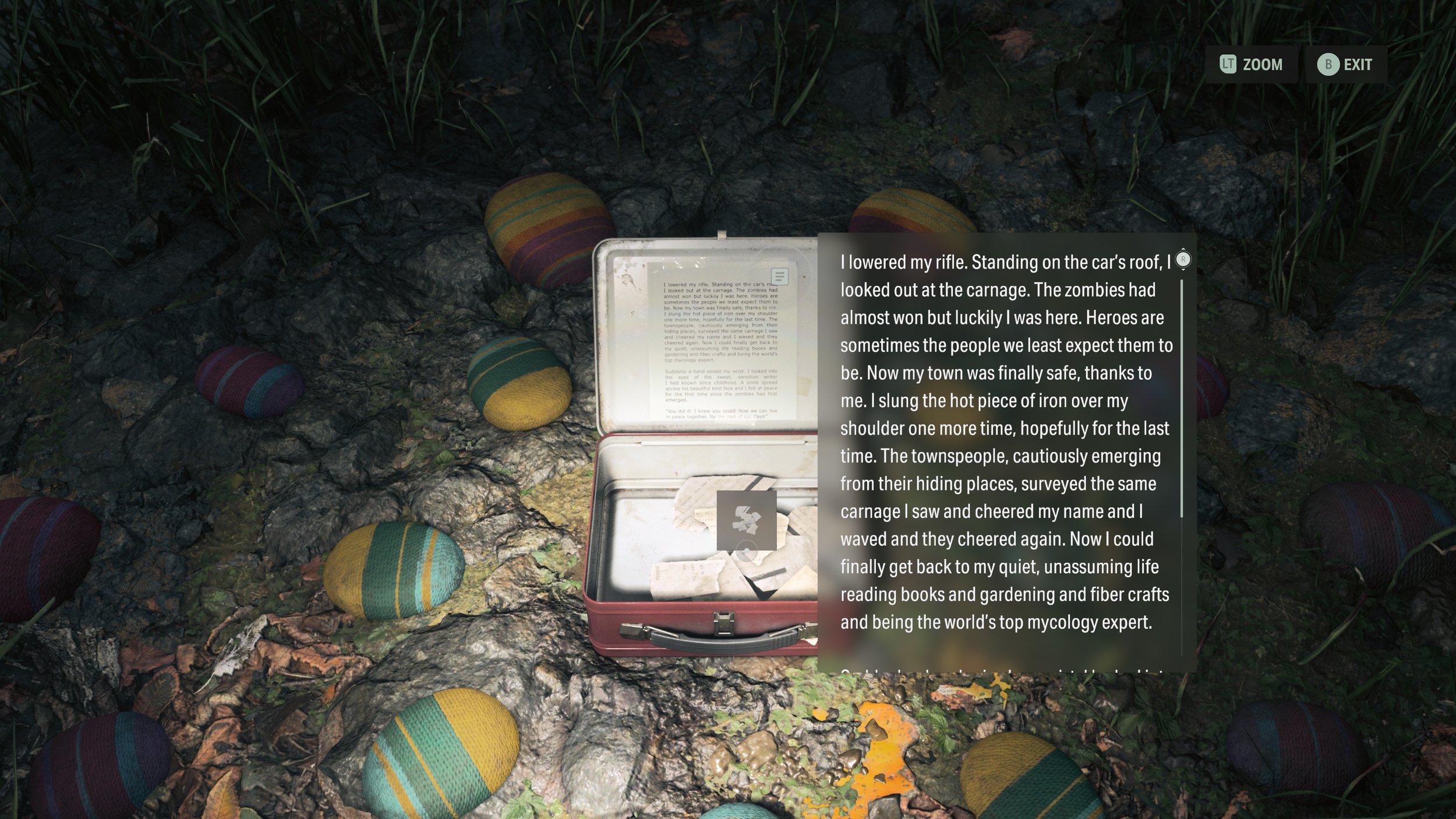
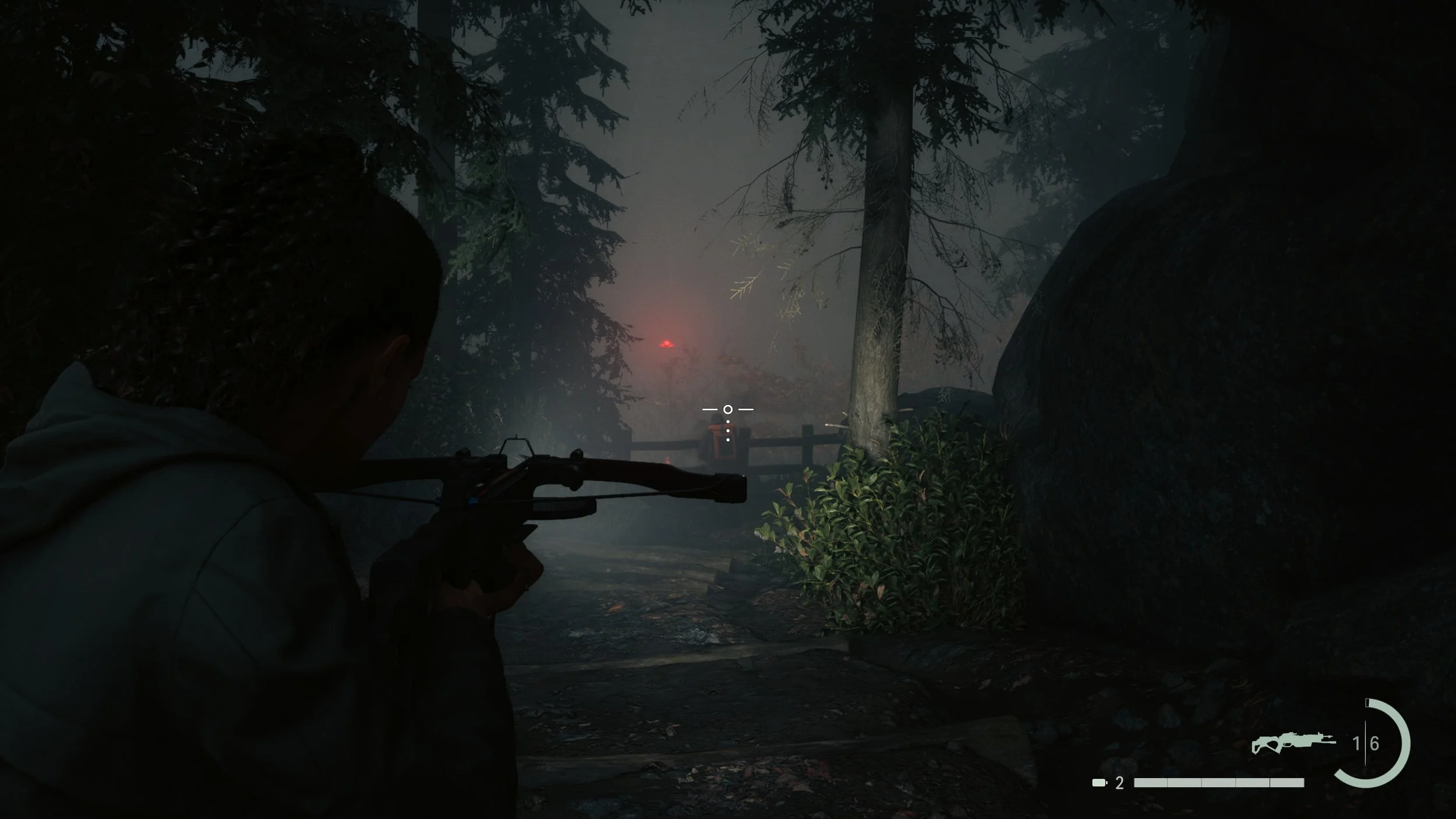
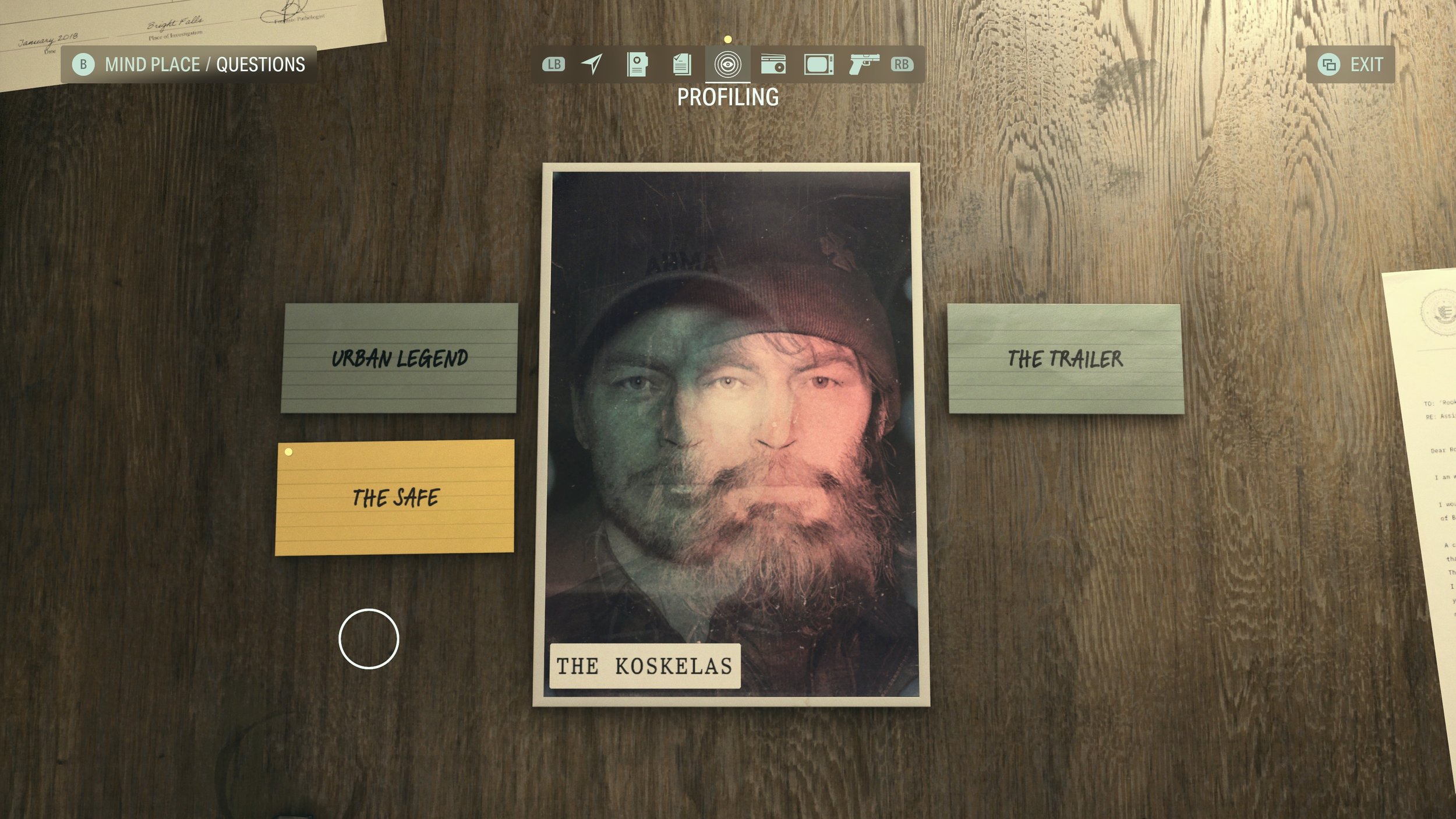


I’m Jordan I have a background in game design and am deeply passionate about accessibility in gaming. My favourite games/franchises include Shenmue, Red Dead Redemption 2, Plague Tale: Requiem, Metal Gear Solid 3, Yakuza, Splinter Cell, and Assassin’s Creed.